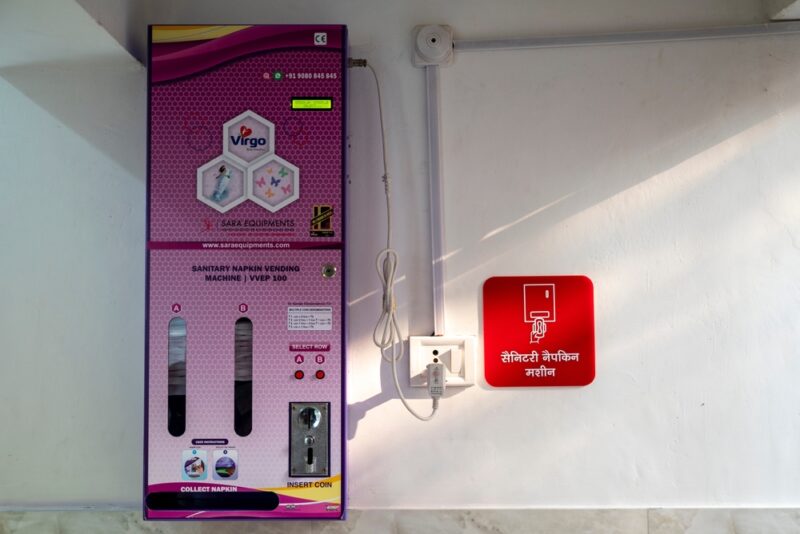New Study Links Alcohol Prohibition with Drop in Violent Crime

Banning alcohol may be an effective tool for curbing violent crimes, according to a forthcoming study coauthored by a group of researchers including Tata-Cornell Institute (TCI) Scholar Natasha Jha.
The study, which is due to be published in the July 2024 issue of the journal Economic Development and Cultural Change, examines the experience of Bihar, India, which enacted a prohibition on alcohol in 2016. Jha and her coauthors found that the ban cut violent crime, with the reduction largely driven by drops in murder and robbery.
“Our research holds significance for policymaking as certain Indian states, including Andhra Pradesh, Kerala, and Madhya Pradesh, are contemplating alcohol bans,” said Jha, a PhD candidate at Cornell University’s Dyson School of Applied Economics and Management. “Prohibition is a contentious issue among politicians and policymakers, with some studies predicting a surge in crime as an unintended result of banning alcohol. By providing evidence on the efficacy of the ban in managing violent crime, our study adds to this discussion.”
Jha and her fellow researchers found that the effect of the alcohol ban was more pronounced in districts with higher pre-prohibition alcohol usage and districts with lower religious taboos around alcohol consumption, intimating that the ban was responsible for the drop in violent crimes. They also found that the impact was higher in Bihar’s interior districts, most likely because smuggling is easier to deter further away from state borders.
The researchers said that the difference in violent crime rates between interior and border districts implies that the drop in crime was not likely caused by an increase in police resources put in place to implement the ban. That the reduction occurred only with respect to violent crime also supports this claim.
“While we do find that police resources increased over the years 2015-2016, our analysis rules out that this increase was systematically different across districts,” Jha said. “If the increase in police resources was driving the decrease in violent crimes, we should have seen greater increases in districts where violent crime fell sharply. However, the analysis reveals that there were no differences in police transfers across districts that saw high versus low declines in violent crime numbers.”
Jha cautioned that the study does not reveal how alcohol prohibition resulted in less violent crime. Two possibilities are the direct pharmacological effects of decreased alcohol consumption—drunk people are more likely to commit crimes and prohibition makes it more difficult for people to get drunk—and reduced spending on alcohol, which would lower the financial stresses on impoverished people that might make them more likely to commit crimes.
In addition to ranking sixth among Indian states in per capita alcohol consumption, Bihar has a high crime rate, accounting for 10.4 percent of all violent crimes in the country. After a decades-long increase in alcohol usage concentrated among low-income workers, Bihar passed the Bihar Prohibition and Excise Act in 2016 in response to repeated complaints about domestic violence and demands for an alcohol ban from the female electorate.
To arrive at their conclusions, the researchers used a variety of data, including monthly crime statistics published by the state police in Bihar, the National Family and Health Survey, the Census of India, and the Consumer Pyramid Household Survey.
Jha co-authored the study along with Kalyani Chaudhuri of the University of California, David, Mrithyunjayan Nilayamgode of the University of Virginia, and Revathy Suryanarayana of Cornell University.
Featured image: A glass of beer sits on an outdoor table in Udaipur, Rajasthan, India. (Photo by Shikha a/Shutterstock)





